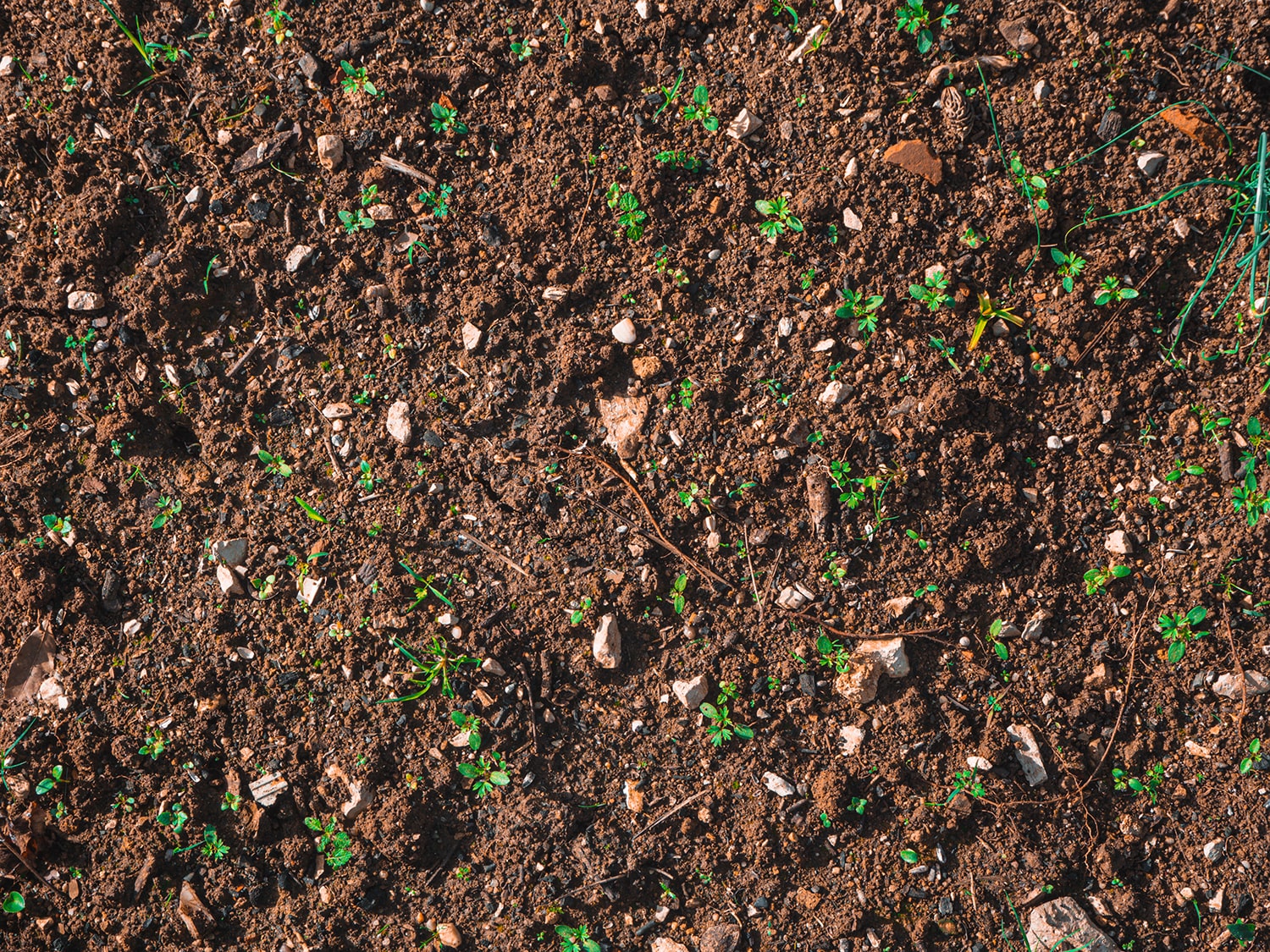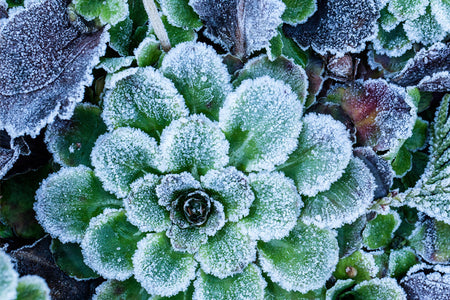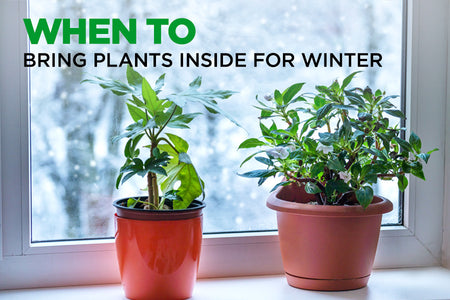With many people spending a lot more time at home these days, gardening is becoming the go-to activity. Whether gardening for food or pleasure, with thoughtful planning and resourceful ideas, gardening can be a leisurely and therapeutic activity.
Why not make the most of what you have by transforming your space into a beautiful garden, a private oasis? With days being stressful, gardening can be an easy outlet to create a little piece of nature to enjoy.
There are many benefits to gardening. Each step to growing your dream garden has a beginning, middle, and end. Having something to look forward to is an essential ingredient for success.
Approach your garden with an open heart, allow yourself to love your outdoor space, weeds and all. Whatever you choose to do to your outdoor space, will improve it. Whether you’re making it better for yourself, your family or wildlife, your garden will provide benefits while you are creating it and long after it’s finished.
So where to start?
Think blooms. Flowering plants add color, texture, and personality to the outdoors. Plus, if you’ve chosen wisely, those flowers with bright blooms and sweet scents will add an extra special sensory appeal to your landscape.
First, decide if you want to focus on annuals or perennials.
For quick and fast blooms, annual plants are the choice of many home gardeners, however, these plants will not return the following year and will need to be planted annually (hence the name.) These are good choices if you’re unsure of what your gardening space will evolve into next year.
With the right planning, a garden that returns with vigor every year is in reach. Planting perennials this spring is a sure way to cut your workload for years to come. Bonus points if it’s low-maintenance and pollinator-friendly.
Your garden will take on a life of its own as the perennials continue to expand year after year.
Plant Annuals and Perennials in 7 Easy Steps
- Select the area you want to plant and evaluate the soil. Remove any large rocks and check to make sure you’re not near underground utility lines before digging.
- Choose the right size Power Planter auger depending on the size of the container your annual or perennial is in to easily drill holes. Using an auger drill will get this project done in no time.
- Use your auger to dig a hole deep enough for the plant or according to specifications on the plant tag.
- Mix in compost or other organic matter to add nutrients to the soil.
- Gently remove the plant from its container and loosen roots before planting. Place plant in hole and backfill the hole.
- Water immediately. Cover the planting area with a natural mulch of bark or straw.
- Mulch will help to keep the soil moist. Water at least 1 inch per week until the ground freezes.







